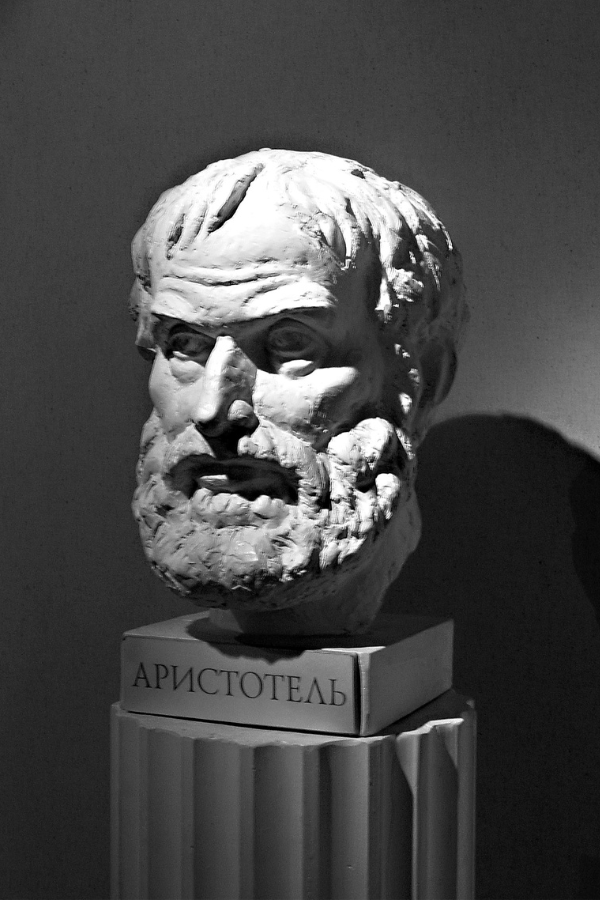Mastering rhetorical techniques could help you turn average speeches into powerful and memoriable ones. Have you ever rhetorical techniques or devices? I am sure you have heard of "rhetorical questions." But do you know what rhetorical techniques or devices means? If you love words, like I do, you know they open up a whole new world. So, I thought you might find it as interesting as I did to learn a little bit about where “rhetorical techniques or devices” come from, exactly what they are, and why you will want to use them in your speeches.
It’s easy to see that the term "rhetorical techniques or devices" stems from the word "rhetoric," which has its roots in ancient Greece. Let's break this down:
- Rhetoric: Rhetoric, in its original context, refers to the art of effective or persuasive speaking or writing. The ancient Greeks, particularly figures like Aristotle, placed a significant emphasis on the ability to persuade audiences through well-constructed arguments. "Rhetoric" comes from the Greek word "rhētorikós," which relates to public speaking and means "oratorical." I LOVE that.
- Techniques or Devices: The term "device" in this context refers to techniques or tools that are used to achieve a particular effect. So, in the context of speech or writing, a device is a specific technique used to make your argument more convincing or your narrative more compelling.


When combined, "rhetorical techniques or devices" refer to the various techniques or tools derived from the art of rhetoric that aid in making speech or writing more effective, persuasive, memorable, or impactful. They are the building blocks or tools that can be used to craft powerful communication, whether spoken or written. Rhetorical devices are techniques that speakers and writers use to convey their message more persuasively and memorably. They are used to persuade, inform, inspire, or entertain. By tapping into human psychology, emotions, and logic, these devices can make an argument or presentation much more compelling.
The art of speaking effectively and persuasively is not just about delivering content; it's about how you present it. This is where rhetorical techniques or devices come into play. These techniques have been used for centuries to persuade, captivate, and inspire audiences. Let's dive deeper into how you can incorporate these powerful tools into your speeches and the benefits of doing so.
Common Rhetoric & Why Use Them:
- Alliteration: The repetition of the same sound at the beginning of successive words. Example: "Peter Piper picked a peck of pickled peppers." Memorability: To be remembered. Techniques like alliteration can make your content catchy and memorable.
- Anaphora: The repetition of the same word or group of words at the beginning of successive clauses. Example: "I have a dream" by Martin Luther King Jr.
- Metaphor: A figure of speech in which a word or phrase is applied to something to which it is not literally applicable. Example: "Time is money." Clarity: For better understanding. A complex idea can become crystal clear with the help of an apt metaphor.
- Simile: Comparing two things using “like” or “as.” Example: "She sings like an angel." Emphasis & Persuasion: To accentuate and convince. A well-placed metaphor or simile can help an audience better understand and agree with a point you're making.
- Hyperbole: Exaggeration for effect. Example: "I've told you a million times."
- Antithesis: Two opposite ideas put together for contrast. Example: "It was the best of times, it was the worst of times."
- Rhetorical Question: A question asked for effect, not to get an answer. Example: "Is the Pope Catholic?" Engagement: To connect emotionally. A rhetorical question can prompt introspection and emotional engagement.
- Parallelism: Similar structure in a pair or series of related words, phrases, or clauses. Example: "I came, I saw, I conquered."
Eloquence & Style: To sound refined. The right device can elevate the language of your speech, making you appear more knowledgeable and polished.
How to Incorporate Rhetorical Techniques or Devices:
- Start with a Bang: Use alliteration in your speech's opening to grab attention immediately. For example, "Brave believers battle boundaries."
- Drive Home Your Point: Emphasize important statements using anaphora. Consider the power in repeating "We will not" at the beginning of successive clauses to emphasize determination.
- Make It Relatable: Use metaphors and similes to connect unfamiliar ideas to familiar ones. If speaking about innovation, you might say, "Innovation is like a seed; it requires the right environment to grow and flourish."
- Ask, But Don’t Expect Answers: Pose rhetorical questions to make your audience think deeply. "Do we want a world where creativity is stifled?"
- Contrast with Antithesis: If you're discussing the importance of balance, use antithesis: "It's not about working harder, but working smarter."
- Structure with Parallelism: If you're listing out points or steps, use similar sentence structures. "To succeed, we must plan diligently, act decisively, and reflect regularly."
Rhetorical Techniques or Devices in Pop Culture: A Look at the Masters
The power of rhetorical techniques or devices isn't limited to political stages or classic literature. They have permeated every aspect of our culture, from movies to music. Let's explore some famous instances:
- Movies: Consider the iconic line from the film Forrest Gump: "Life is like a box of chocolates. You never know what you're gonna get." This simile captures life's unpredictability, making it relatable and memorable.
- TV Shows: Game of Thrones, known for its rich dialogue, uses antithesis in Tyrion Lannister’s lines, “A mind needs books as a sword needs a whetstone, if it is to keep its edge.” This contrasts the importance of knowledge with the necessity of a sharp weapon, emphasizing the power of intellect.
- Famous People: One cannot forget Steve Jobs, who was a master of using rhetorical techniques in his speeches. In his Stanford Commencement address, he said, "Remembering that you are going to die is the best way I know to avoid the trap of thinking you have something to lose." This antithesis contrasts life and death to inspire courage in the face of adversity.
- Music: Songwriters often use rhetorical devices to craft catchy and impactful lyrics. Consider Adele's line in "Hello:" "Hello from the other side." The repetition of "hello" throughout the song creates emphasis, highlighting distance and yearning.
- Historical Figures: Winston Churchill, in his speeches, often employed anaphora. A prime example is, "We shall fight on the beaches, we shall fight on the landing grounds, we shall fight in the fields and in the streets..." This repetition underscores determination and resilience.
Using Pop Culture as a Guide:
One might wonder, why reference pop culture when discussing rhetorical techniques? The answer is simple. These examples serve as reminders that these techniques aren't just for formal speeches or academic essays. They're tools of effective communication, no matter the medium or audience. If popular films, shows, and songs can utilize these devices to leave a mark, so can you in your speeches.
Mastering rhetorical techniques is like adding arrows to your quiver of communication skills. They can turn an average speech into a standout one, a forgettable point into a memorable mantra. As you practice and start incorporating these techniques, pay close attention to your audience. Their reactions – nods of agreement, smiles of understanding, or attentive silence – will be a testament to the power of rhetorical techniques or devices in action.
Remember, it's not just about what you say, but how you say it. So, harness the power of rhetoric and watch your speeches come alive!
Engaging the Audience: Your Turn
As we’ve journeyed through the world of rhetorical techniques and their ubiquitous presence, from the grand stages of history to our favorite pop culture moments, one has to ponder: How might you infuse your own speeches or presentations with such artistry? Have you ever sprinkled a touch of anaphora or wielded the sharp edge of antithesis in your talks? I’m curious to know which rhetorical tools you've tried, which resonated most, or any you're keen on experimenting with. Dive into the comments below and share your experiences, insights, or questions. Remember, the art of communication grows richer when we learn from one another's journeys.

